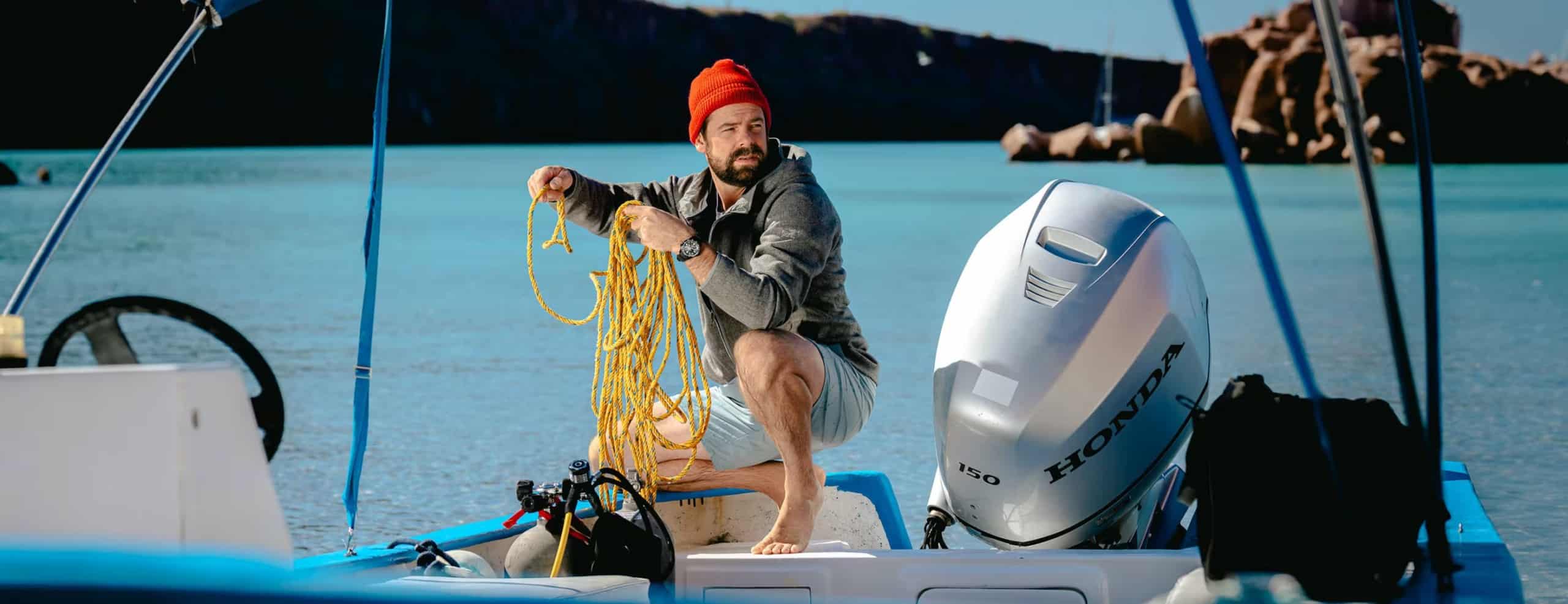This story originally appeared in the Huckberry Journal and was produced by the very talented Zach Piña. It has been published here with their permission. For more great content like this, check out the Huckberry Journal here. Please also note this post contains affiliate links. If you use these links to buy something we may earn a commission.
Andy Mann takes a long pull on a Pacifico and drops a pair of dice into a weathered brown cup. “Sailor shit,” he calls out with a chuckle, giving the dice a vigorous shake before rolling them across the backgammon board. For Andy and his colleagues at SeaLegacy, these are rare moments of calm after long days of shooting in complex, chaotic, sometimes dangerous, but always epic marine environments.









 Featured Videos
Featured Videos
















